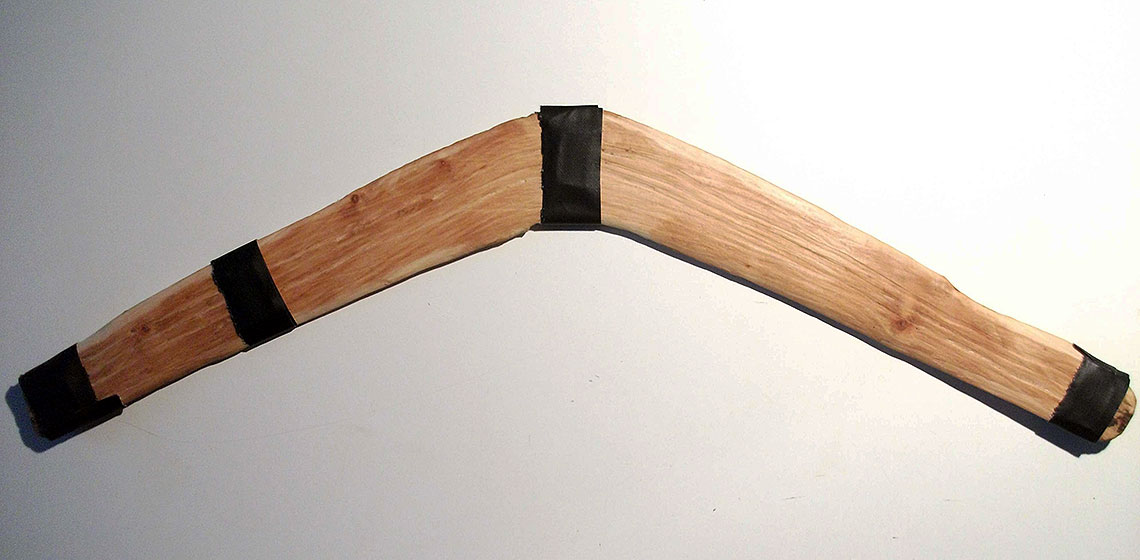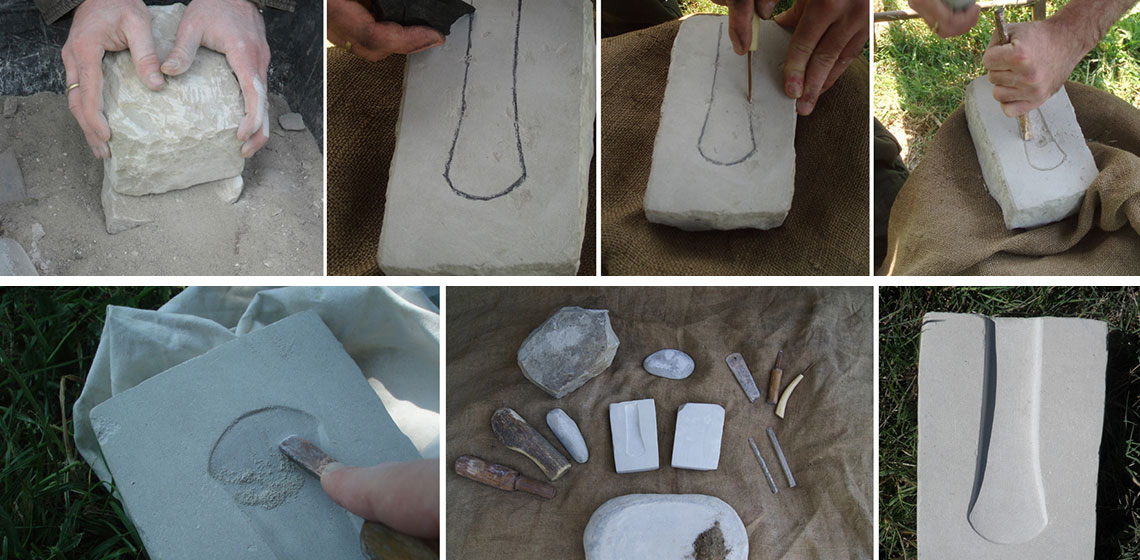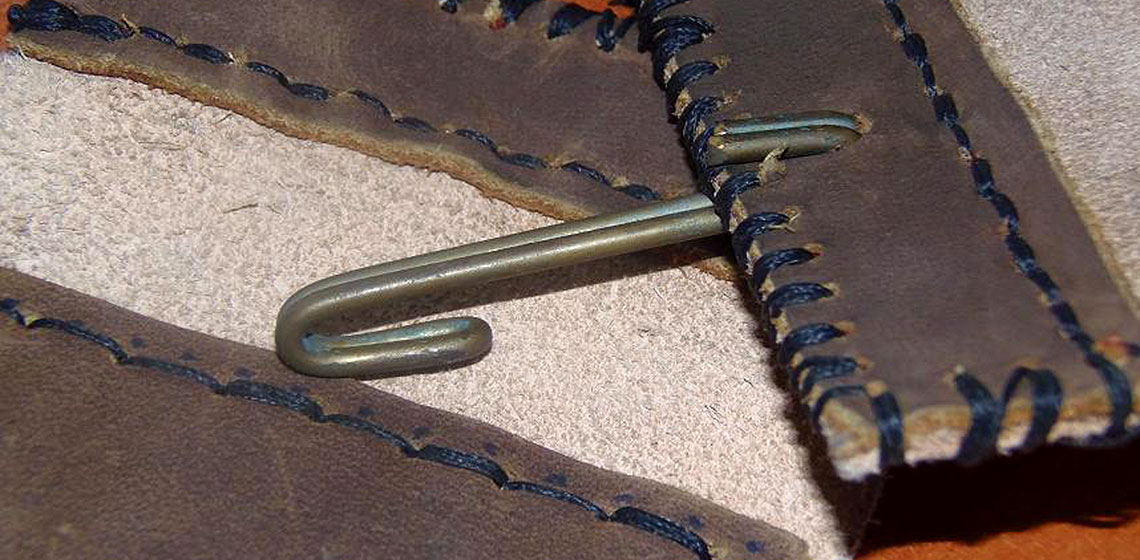weapon
Shifting the Sand: Replicating Black Powder Grenades
Weapon
An object such as a sword or a spear, used to kill or injure people or animals, usually in a war, fight or hunt.
A Gaulish Throwing Stick Discovery in Normandy: Study and Throwing Experimentations
Stone Moulds from Terramare (Northern Italy): Analytical Approach and Experimental Reproduction
Introduction
Although a long list of publications has been dedicated over the last several decades to the questions concerning early metallurgy, the achievements and the potential contributions of experimental archaeology in this area of interest still remain quite underestimated by a consistent part of academia, at least in Italy. At some official occasions the debate between the theoretical knowledge-holders and the technical skill-holders strongly emerges, but very few come back home with a true increased respect and acceptance for the counterpart's work.
Hunting with Cane: Traditional Cherokee Blowguns and Darts
A Picenian Warrior Who Lived in the Eight Century BC: A Hypothetical Reconstruction
Various populations inhabited this territory from the tenth to the early third century BC, when the Roman army took control of it: the Laziali and Sabini in Lazio, the Etruscans and, from the fifth century, Celts in Toscana and Emilia Romagna, Umbri in Umbria and Picenians in Marche and Abruzzo. At the beginning of the Iron Age, and until the eighth century, we have evidence of other populations as well. The most ancient group being the Sub-Apenninical culture, which were Villanova and Proto-Villanovan populations that seem to have had towns in the Region Marche.
FAGUA e.V. (DE)
At Augsburg University the Chair of Ancient History has a society of friends called "Verein der Freunde der Alten Geschichte der Universität Augsburg e.V.". The society exists to establish experimental archaeology in an academic environment.
At Augsburg University the Chair of Ancient History has a society of friends called "Verein der Freunde der Alten Geschichte der Universität Augsburg e.V." (Friends of Ancient History at Augsburg University).
...
What kind of weapons did people use in the Middle Ages (NL)?
Weapons were both used when hunting, in a fight and at war. Many items can be used as weapon, in an impulse, but I think you refer to tools specifically made to hunt with, to hurt or to kill, to threat with or to use in fight sports or tournaments...
Which weapons did one all use in the Middle Ages (NL)?
Weapons were used in hunting, in fights and at war. Many items can be used as a weapon in an impulse but I think you mean tools, specifically made to go hunt, hurt or kill or to threaten with in fighting sports or tournaments...






